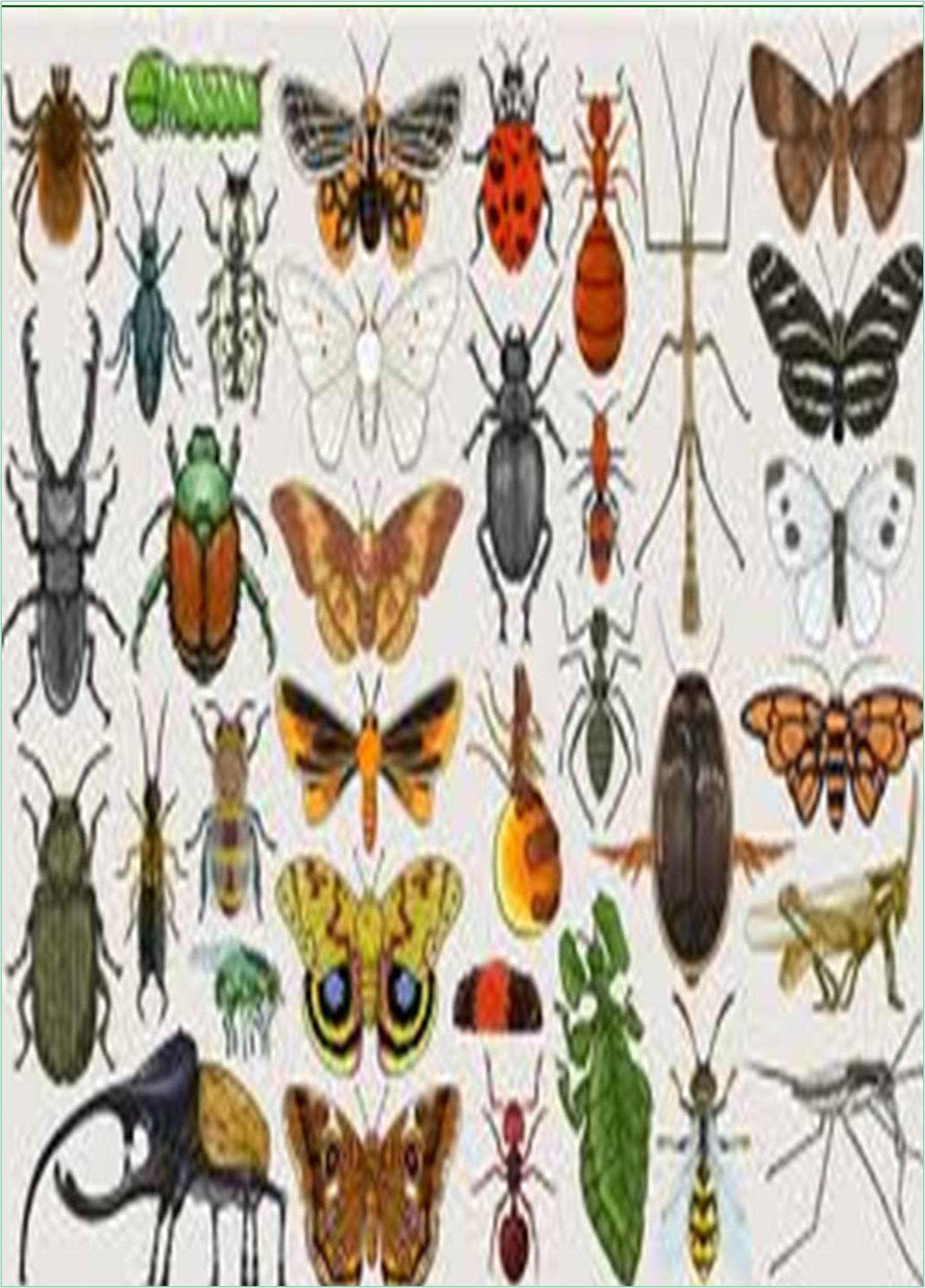



Received: 01-Jul-2022, Manuscript No. IJER-22-73225; Editor assigned: 04-Jul-2022, Pre QC No. IJER-22-73225 (PQ); Reviewed: 18-Jul-2022, QC No. IJER-22-73225 ; Revised: 25-Jul-2022, Manuscript No. IJER-22-73225 (R); Published: 01-Aug-2022, DOI: 10.15651/IJER.22.9.010
Plant feeding insects which account for around 25% of all documented species are a common component of terrestrial life. As a result, knowing the development of insect herbivory and its variety is critical to understanding the evolution of terrestrial ecosystems. Previous research has shown that the evolution of phytophagous behaviours in insects has accelerated their diversification. Plants and herbivorous insects are engaged in an arms race throughout this cycle. Among insects, the development of diverse defences in plants permits host changes or the use of varied methods to attack plant components. Several studies have shown that various feeding modes are one of the most important characteristics of phytophagous insect species rich lineages.
Insect feeding strategies have been examined through the traces they leave behind rather than through in person observation of their eating behaviour. Plant feeding insects and mites' feeding damage is thought to be a useful predictor of their taxonomic and functional status. As a result, such information has been utilised to study the impact of current or past environmental gradients on insect herbivory and the evolutionary diversity of insect groups. These data might also be used to build successful pest control or conservation strategies. Feeding damage must be consistently detected at the species level or classified by functional kinds reflecting feeding guilds for such research. Until now, morphotyping of insect-feeding damage has mostly been done on fossilised leaves. In their investigation of an existing tropical forest just a fraction of the insectfeeding damage was preserved in fossils As a result, detailed monitoring of damage to existing flora is required to gain a better knowledge of the variety of insect feeding guilds. For the first time, we sought to catalogue insect-feeding damage on temperate plants using Mongolian oaks in this study (Quercus mongolica).
Mongolian oaks are an important component of East Asia's cool-temperate deciduous forests. These trees have a crucial function in the forest, primarily as food plants for various insect herbivores, which are essential food sources for other species. There are several reports of insects feeding on Quercus mongolica, most of which are straightforward assertions in taxonomic publications or field notes, but synthetic investigations of such data are uncommon. Lepidopterans feeding on Quercus mongolica, for example, were collated from 25 families and 254 species in Japan. It is widely understood that the composition of insects linked with oak species can vary depending on biotic and abiotic conditions damage from fossilised leaves and studied the final results after fossilisation using extant leaves in tropical woods and considered the process of each form of damage through field observations of damage creators.
However, these approaches could not be used in our study, therefore we decided to create our own morphotyping system for Quercus mongolica damage types and compare it to two earlier morphotyping systems. The numbered each damage type with an abbreviated prefix for each functional damage category. Insect-feeding damage is defined as any indication of plant tissue loss or alteration caused by insect and mite feeding activity, which may be followed by host healing or fungal infection. This term now includes damage caused by terrestrial arthropods and pathogenic fungi. This criterion was used to identify damage on Mongolian oaks. From all of the collected leaves at each survey location, damage kinds were recognised and collated. Only foliar damage, comprising laminae, veins, and petioles, was examined and classified based on their position on the leaves, connection to the veins, and total morphology.